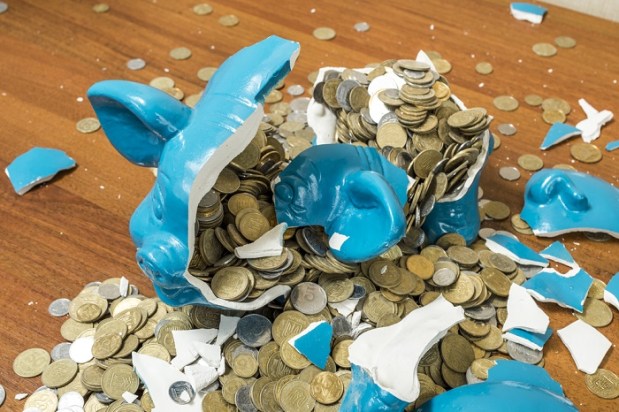Coin Use Plummets in Japan as Consumers Rethink Savings

High inflation in Japan has had an unintended victim: the piggy bank.
As the Financial Times (FT) noted Monday (July 10) in a report on that country’s declining cash use, Japanese parents would traditionally set aside 500-yen coins from their change and place them in their children’s piggy banks, where they would collect until they were eventually deposited in the bank.
But now, banks in Japan have begun charging fees of up to 1,100 yen to customers who want to deposit large amounts of coins.
The FT report says this is happening amid a sharp drop in the stock of coins in Japan, which has been declining over the last 18 months, per the country’s central bank. It’s a shift caused by the combination of the COVID pandemic, inflation and the use of cashless payments.
Research in the PYMNTS study “How The World Does Digital: Different Paths To Digital Transformation” found that Japan is a leader in digital wallet use.
The study looked at 11 countries, and found that seven of them increased their adoption of digital wallet use. In Japan, in-store use of digital wallets rose a staggering 20%, ahead of all other nations the study surveyed.
Japanese consumers carried out more than 88% of in-store mobile transactions in the third quarter of 2022 using FinTech wallets, which are typically local in origin.
As for piggy banks, Tsuyoshi Ueno, chief economist at Tokyo’s NLI Research Institute, told the FT the fees banks were charging for coin deposits had likely caused many families to stop using the banks, and to avoid building up change supplies through cashless technology.
He argued that piggy banks were the chief force behind the minting of 500-yen coins, so it makes sense to assume that a decline in savings had caused demand for the coins to fall.
The report says that Japan’s high inflation is changing the country’s views on savings, as years of slow growth had previously driven people to put most of their money in low-yield deposits.
Meanwhile, cash use continues to decline in the U.S., according to recent PYMNTS research, which finds 81% of consumers using paper money as of April 2023, down from 94% in 2018.
“Cash is being phased out even among those using it, as 33% of cash-using consumers say they carry less than before,” PYMNTS wrote in June. “Among all consumers, just 21% say they are keeping more cash on hand, although the extent to which they have increased this is driving up average figures.”

